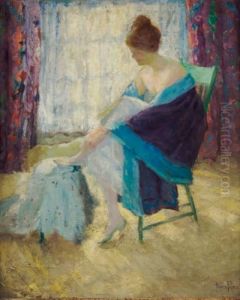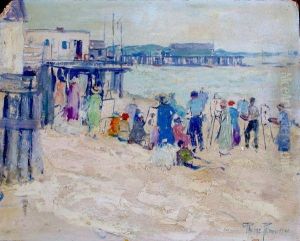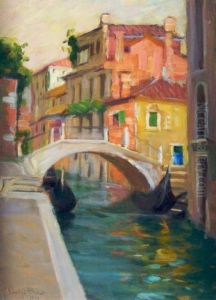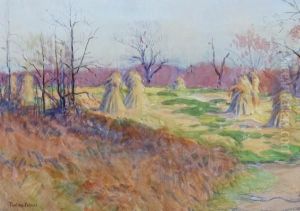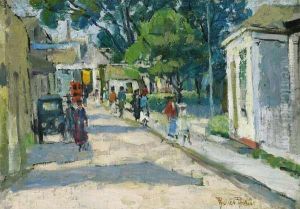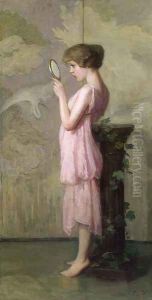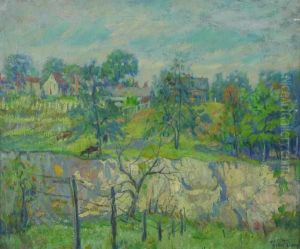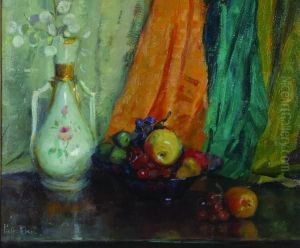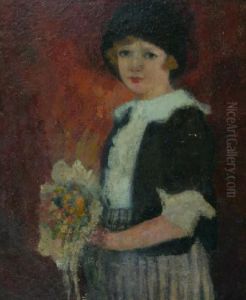Pauline Lennards Palmer Paintings
Pauline Lennards Palmer was an American artist known for her impressionistic paintings, particularly of women and children in domestic and outdoor settings. Born on June 16, 1867, in McHenry, Illinois, she grew up in a supportive environment that encouraged her artistic pursuits. Palmer studied at the Art Institute of Chicago and later in Paris at the Académie de la Grande Chaumière and the Académie Julian, where she was influenced by European impressionism and post-impressionism.
She married Dr. Albert Palmer in 1891, but continued to focus on her art career, a rarity for women of her time. Palmer became an active member of the Chicago art scene and was involved with the Chicago Society of Artists, serving as its president from 1918 to 1920. She was also associated with the Provincetown art colony in Massachusetts, where she spent her summers painting.
Throughout her career, Palmer won numerous awards, including a gold medal at the Panama-Pacific International Exposition in 1915. Her work was exhibited widely across the United States and Europe, and she was recognized as one of the leading female artists in Chicago during the early 20th century.
Pauline Lennards Palmer's impressionistic style often featured vibrant colors and dynamic brushwork, characteristics that made her paintings stand out. Her subjects, frequently women and children, were portrayed with sensitivity and a sense of individuality. She was also known for her landscapes and still lifes, which demonstrated her versatility as an artist.
On August 15, 1938, Pauline Lennards Palmer tragically died in a car accident in Truro, Massachusetts, leaving behind a rich legacy of artwork that continues to be appreciated for its contribution to American Impressionism and the representation of women in art. Her paintings are held in several museum collections and continue to be studied and celebrated for their aesthetic beauty and cultural significance.



